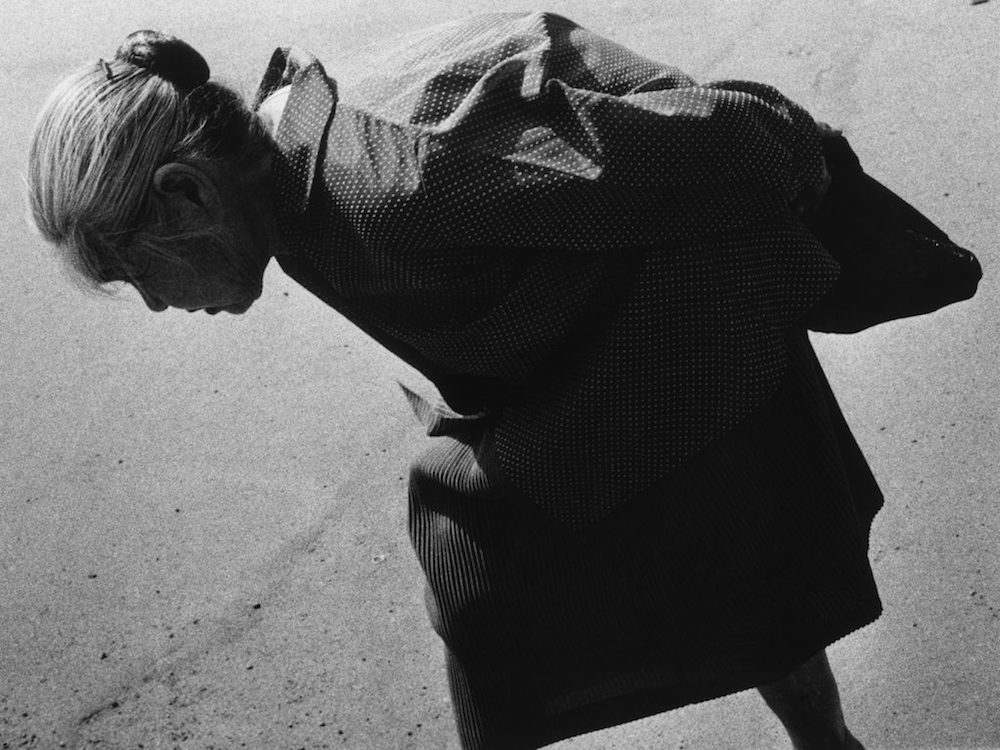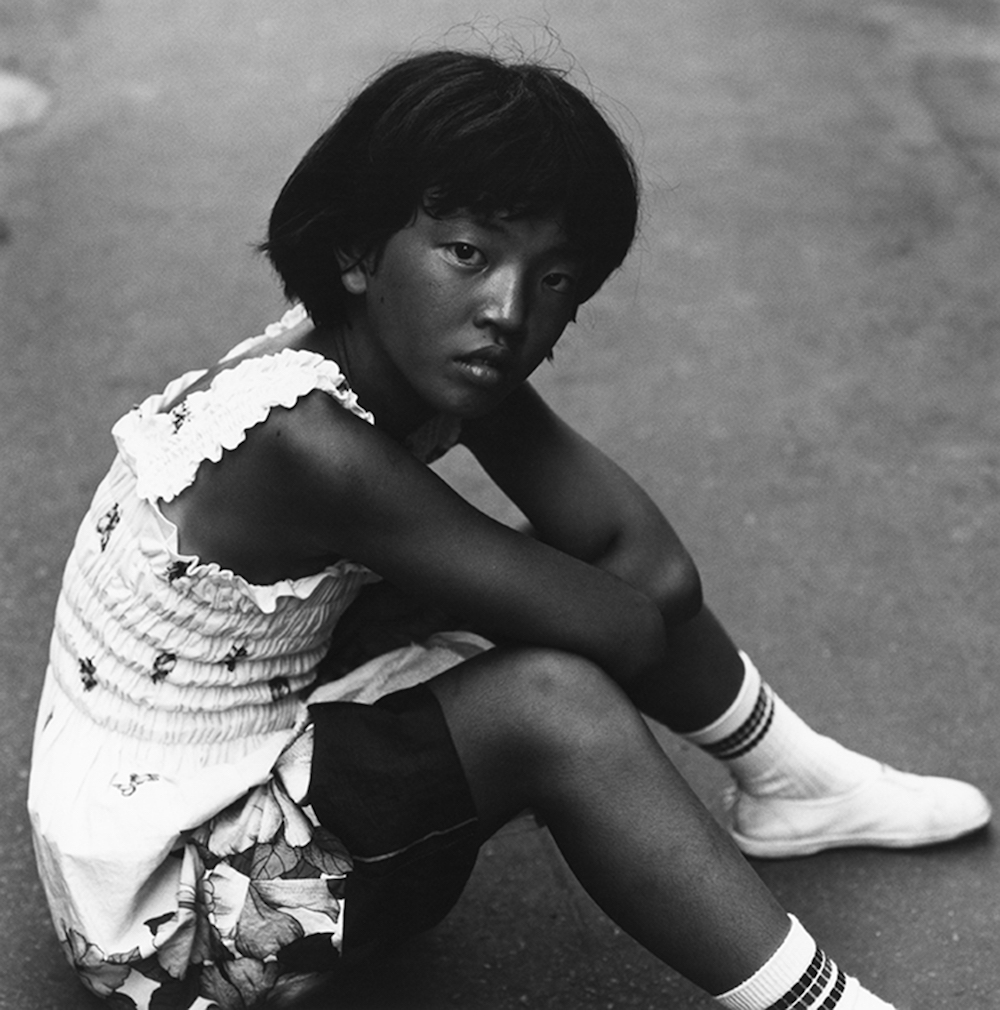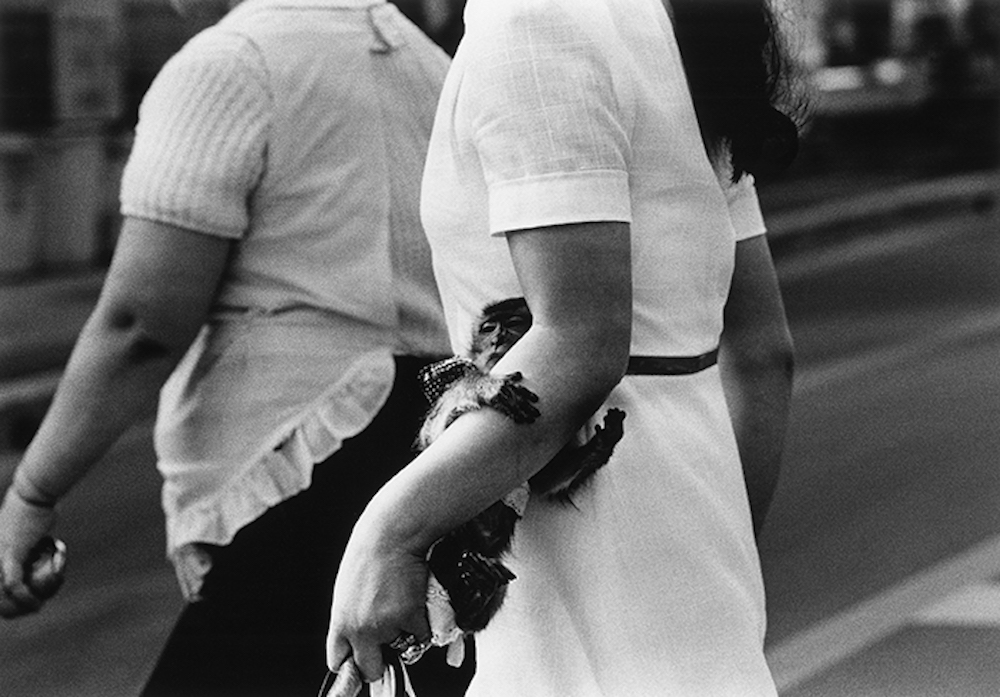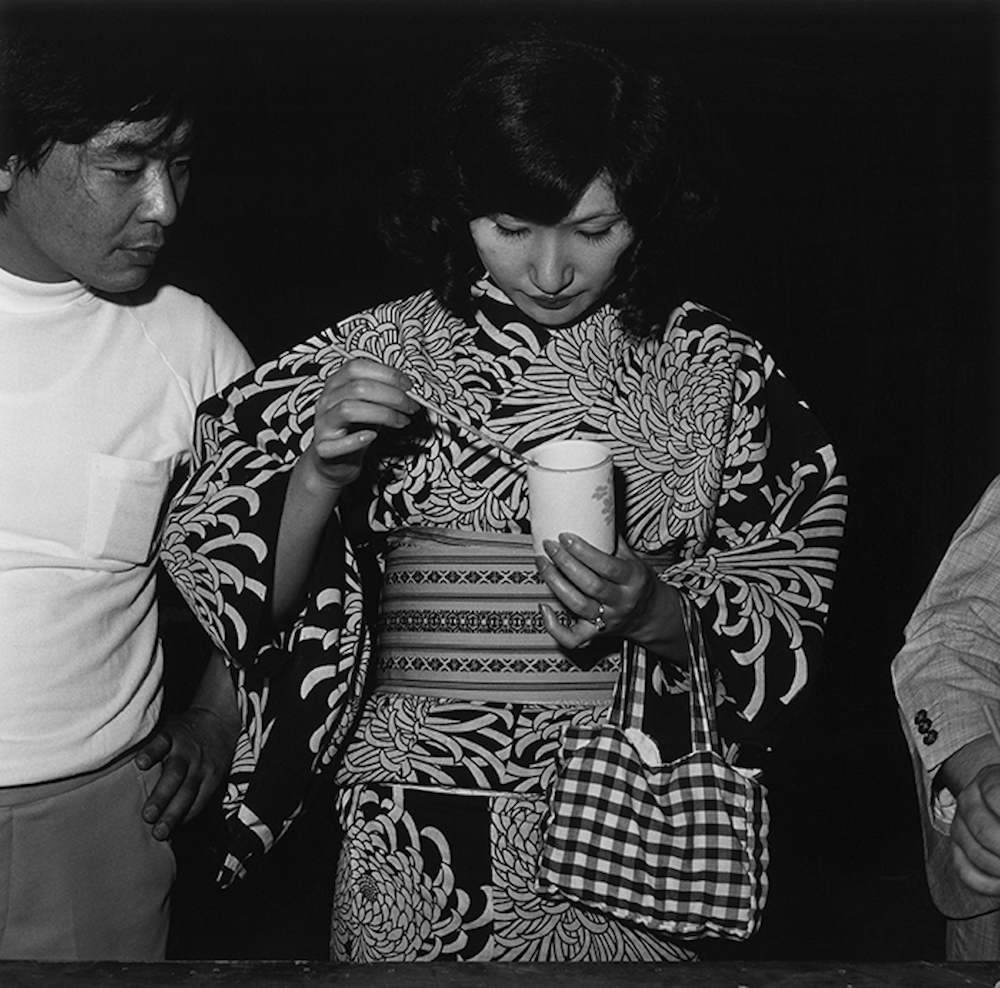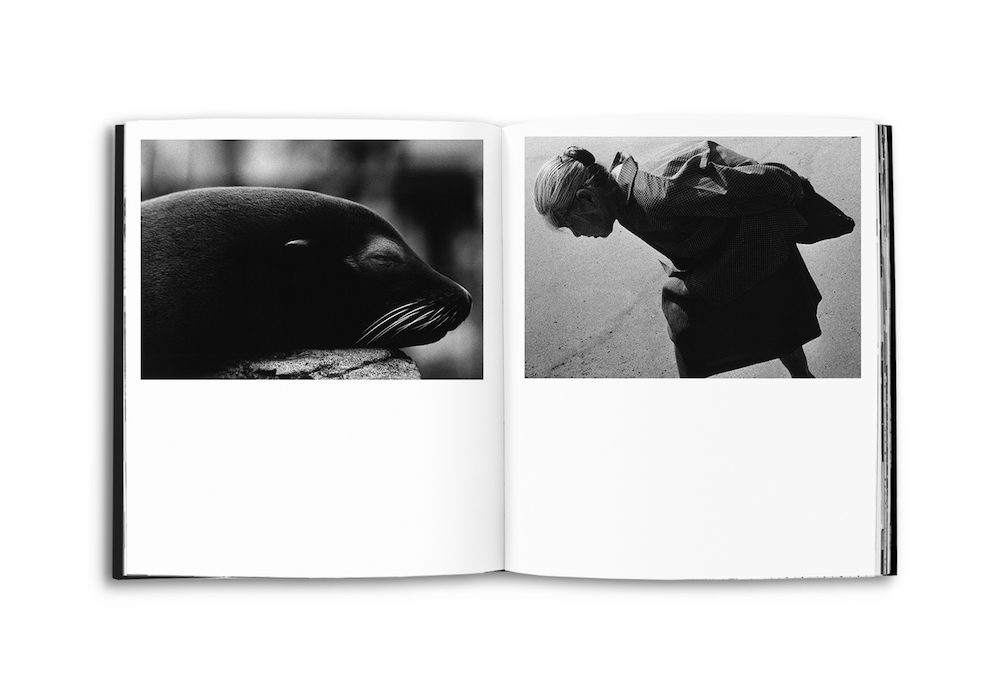Oliver Eglin examines the Italian photographer’s quietly compelling new book with MACK
Over the course of nearly a decade, Guido Guidi visited Milan to photograph quiet and unadorned street scenes on the city’s outskirts. Encompassing five excursions to different areas ‘Cinque Viaggi 1990-98’ is a new publication from MACK looking at the city around the time where it emerged as the nation’s economic and industrial hub. Shot through the hazy smog-filtered Milanese light this collection of photographs offers a more muted side to that period and creates a sense of place which is both distinct and compelling.
If we think of photography as a selective act, the work of Guido Guidi can often appear as a drifting, almost indiscriminate gaze. This however, is a real accomplishment of his photographs, as they draw our attention to details that might otherwise be overlooked. One device which Guidi skillfully deploys is to show the same scene side by side, changing ever so slightly with a short passage in time, or even a shift from colour to black and white. This disrupts our sense of the photographic moment, instead the images appear somehow indecisive and offhand. In one scene the camera pans a few feet to the right, revealing an inquisitive dog peering over a ledge; in another an empty backstreet is lit up by the pastel hues of a nineties shell suit, worn by a fairly unathletic looking teen. This creates a sense of time passing and delicately traverses the line somewhere between a depiction of reality versus that of representation. There is a sense of showing these places for what they are and Guidi takes pleasure in finding beauty in something mundane.
Carrying on this theme, the book contains sporadic scenes of recreation: boys on their bikes, a group of mothers chatting on a bench as their children play around them and a solitary cigarette break. All fairly ordinary, yet nevertheless life affirming moments which briefly take us from the humdrum of everyday existence. Gathered on a bridge, a group of mostly shirtless young men look on as someone speeds out of frame on a vespa. It is fair to assume that they have recently been jumping from the bridge into the canal below, but this new spectacle of the motorbike has momentarily consumed their attention. A cloud of dust and spinning tyres draws our gaze to the edge of the frame, but this contrasts with the static figures on the bridge, who look on, perhaps only half-interested in what takes place in front of them. Guidi’s preoccupation seems to be in how the featureless architecture of the suburbs develops a life outside of its design. Here a fairly utilitarian concrete bridge takes on a new function as a diving platform.
Ambling around the city, photographs are constructed to reveal the layering of history through an accumulation of competing architectural styles. Guidi is fascinated by crumbling walls and rusting iron fences and the book becomes increasingly focused on descriptions of these surfaces. At its fringes the city appears a bulging mass of concrete, creeping steadily towards enveloping its natural surroundings. Guidi’s breathless enthusiasm for fallen stone and brick feels genuine though; the photographs form an ode to imperfection and the accidental beauty of decay. Unspectacular, yet quietly compelling, this body of work is an exquisite insight not just into suburban Milan, but ordinary life and its entwinement with architectural legacies.
Cinque Viaggi 1990-98 is published by MACK








